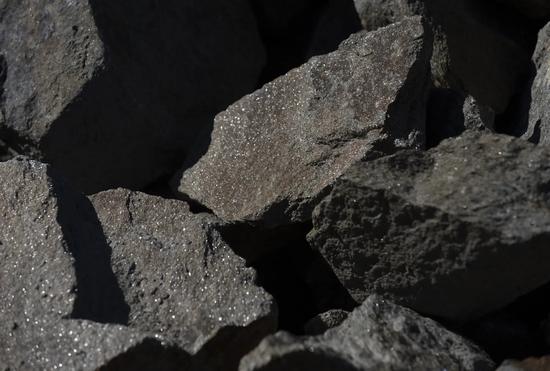
According to a report by Reuters on July 17th, the US Department of Commerce announced on the same day that it will impose an anti-dumping tariff of 93.5% on anodized graphite imported from China, which, combined with existing tax rates, will result in an actual tariff rate of up to 160%. The department claimed that the sales price of these materials in the United States is below fair market value.
This tariff applies to anodized graphite materials with a minimum carbon content of 90% by weight, which is a key material for power batteries. The International Energy Agency (IEA) pointed out that graphite will continue to be the most popular anode material for various lithium-ion batteries in the medium term, and silicon-based materials are expected to gradually grab market share starting in 2030.
Based on 2023 import volumes, the new tariff law will affect imported products worth approximately $340 million (approximately 2.44 billion yuan). According to Bloomberg NEF data, the United States imported 180,000 tons of graphite products last year, two-thirds of which came from China. The IEA also stated that graphite materials are one of the key minerals with potential supply risks.
In May of this year, the US Department of Commerce launched an independent anti-subsidy investigation into Chinese anodized graphite materials, claiming that these graphite products imported from China were “unfairly subsidized.”
Since the beginning of this year, when Trump came into office, the United States has continuously increased export control measures on key minerals and battery technologies from China, and reduced investment in electrification to reduce its dependence on Chinese goods and technologies. Analysis agencies suggest that the further increase in graphite tariffs may also be part of this strategy.
Sam Adham, the head of battery materials at consulting firm CRU Group, stated that the tariffs imposed by the United States on Chinese graphite products will be a significant blow to battery manufacturers. He analyzed that “a 160% tariff is equivalent to an average increase of $7 (approximately 50.2 yuan) per kWh for automotive power batteries, which will erode the profits of battery manufacturers for one to two quarters.”
It is worth mentioning that when the American Active Anode Material Producers proposed to conduct an investigation earlier this year, foreign media had warned that increasing tariffs on imported anode materials could cause significant damage to companies like Tesla, Panasonic, and other companies that rely on this material and produce power batteries and electric vehicles in the United States.
Trump’s tariff policy is impacting the global scale.